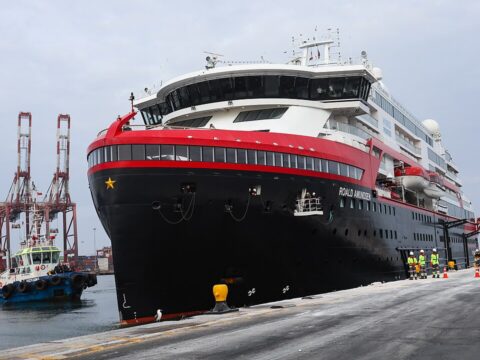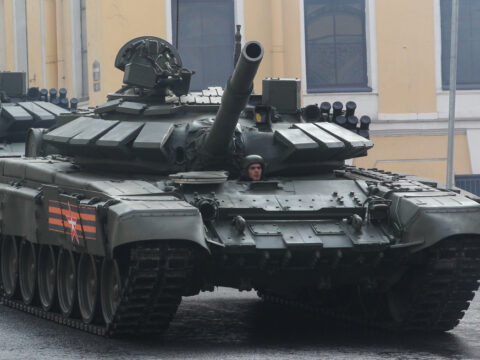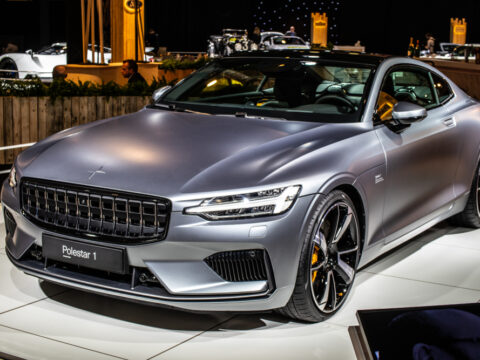Space exploration has always been filled with bold ideas and ambitious designs, but not every concept makes it off the drawing board. From cutting-edge spaceplanes to ambitious lunar landers, many spacecraft designs were conceived with great promise but faced technical, financial, or political challenges. Here are 11 spacecraft projects that, despite their potential, never made it to space.
Contents
Dynasoar (X-20)
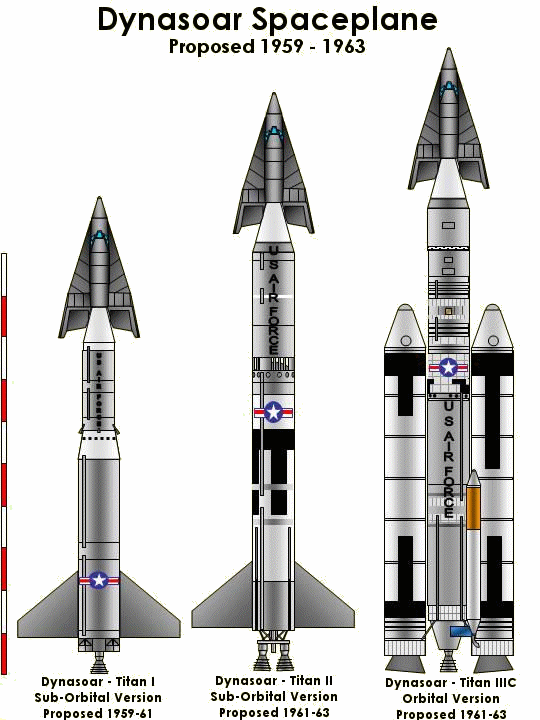
The Dynasoar, or X-20, was conceived in the late 1950s as a military spaceplane capable of various tasks, from reconnaissance to satellite repair. Initially, it held great promise due to its versatility. However, by 1963, the rising costs and the focus on NASA’s crewed lunar missions led to its cancellation. The technical challenges of integrating the spaceplane with existing rocket systems further complicated matters.
Hermes Spaceplane
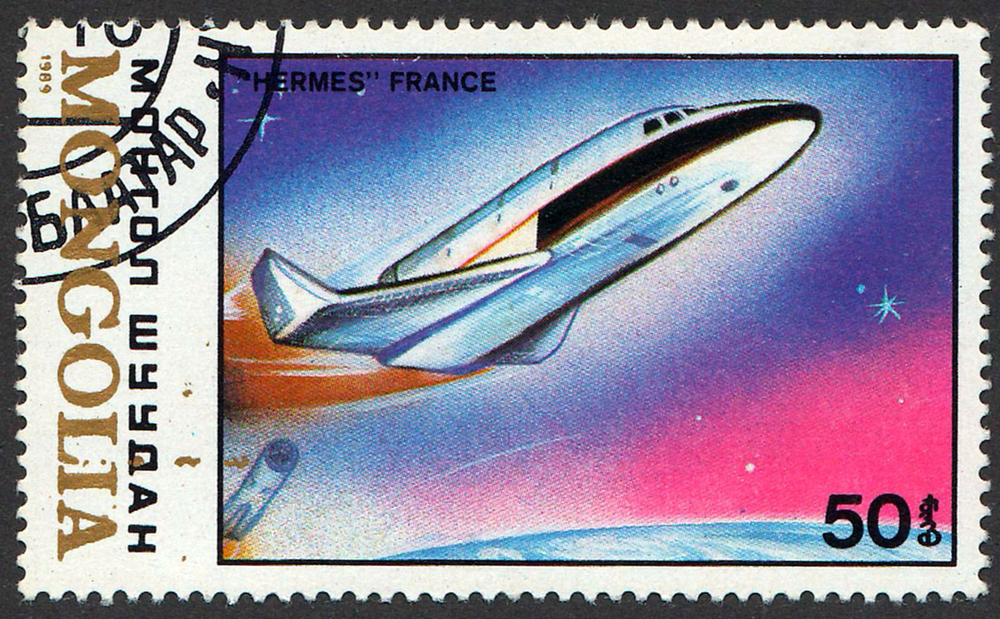
In the 1980s, the European Space Agency (ESA) began developing Hermes, a reusable spaceplane aimed at low Earth orbit missions. Its goal was to provide Europe with independent human spaceflight capability. However, repeated technical challenges, budget overruns, and delays plagued the project. The emergence of cheaper, more reliable alternatives like the Russian Soyuz spacecraft led to its cancellation in 1992.
Soviet Spiral Spaceplane

The Spiral spaceplane, designed by the Soviet Union in the 1960s, was meant to rival the U.S. Dynasoar program. It was intended to launch from an aircraft and perform military missions in space. Unfortunately, the project faced persistent technical difficulties, particularly with launch systems and re-entry procedures. Political changes and shifting priorities within the Soviet space program ultimately led to Spiral’s cancellation in the 1970s. Despite its failure, it laid groundwork for the later Buran space shuttle.
MOL (Manned Orbiting Laboratory)
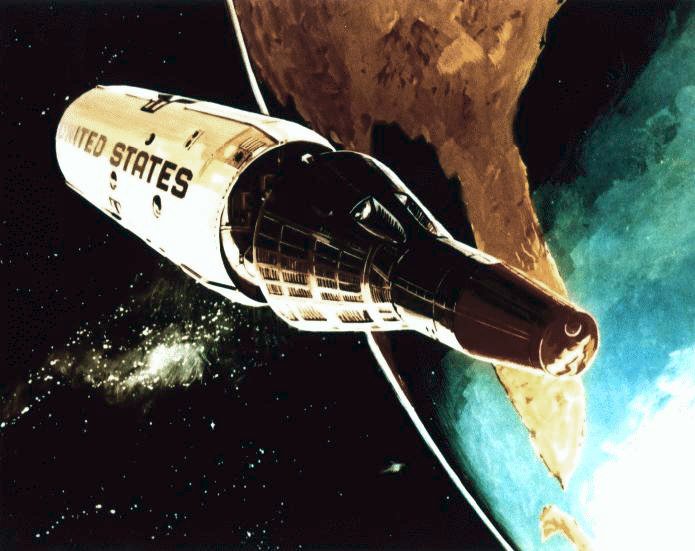
The U.S. Air Force’s Manned Orbiting Laboratory (MOL) was envisioned in the 1960s as a military space station, primarily for reconnaissance. Initially, it seemed promising, offering a strategic advantage in space. However, advancements in unmanned satellite technology quickly rendered the MOL obsolete. In 1969, the program was scrapped due to high costs and diminishing returns. Several astronauts who trained for MOL later transitioned to NASA’s Apollo program.
VentureStar
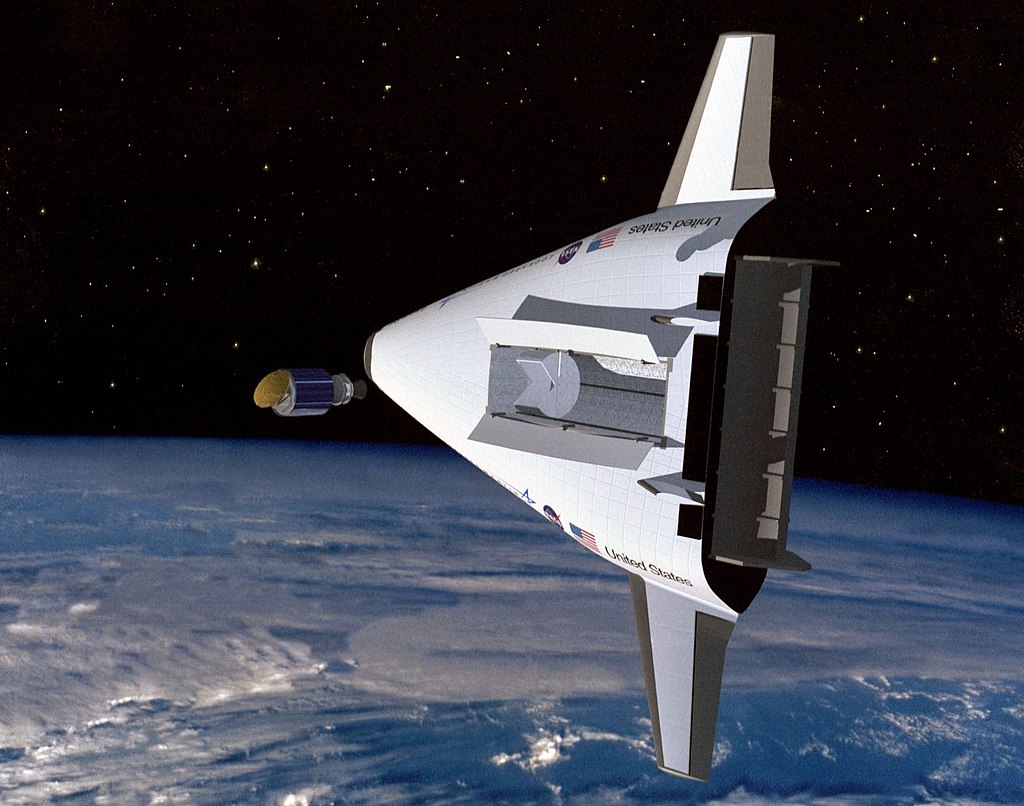
Lockheed Martin’s VentureStar was a 1990s effort to create a single-stage-to-orbit reusable spacecraft that would lower the cost of space access. It was envisioned as the successor to the Space Shuttle. Unfortunately, development issues, particularly with the spacecraft’s composite fuel tanks, caused significant delays. These technical setbacks, coupled with budget overruns, led NASA to cancel the project in 2001. While it never flew, VentureStar provided valuable lessons for future reusable spacecraft.
Buran (Second Generation)
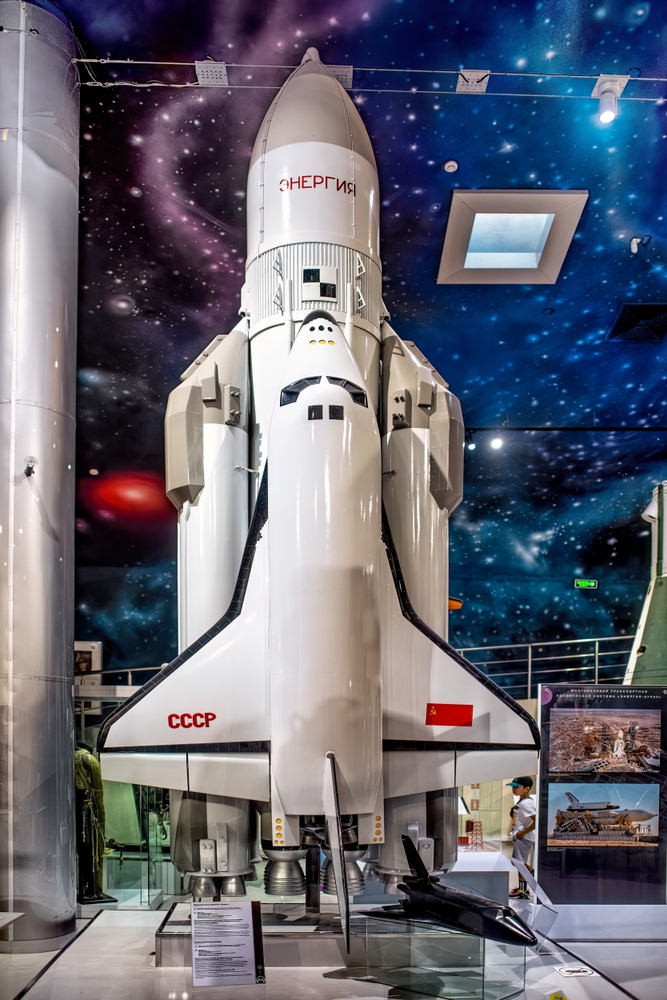
The Buran program, initiated by the Soviet Union, produced one successful unmanned flight in 1988. However, a planned second-generation spacecraft never materialized due to the collapse of the Soviet Union. The dissolution of the USSR brought with it severe financial constraints, and the cost of maintaining the Buran infrastructure became prohibitive. With no further resources to continue development, the program was canceled in the early 1990s.
Boeing X-37 (NASA Variant)
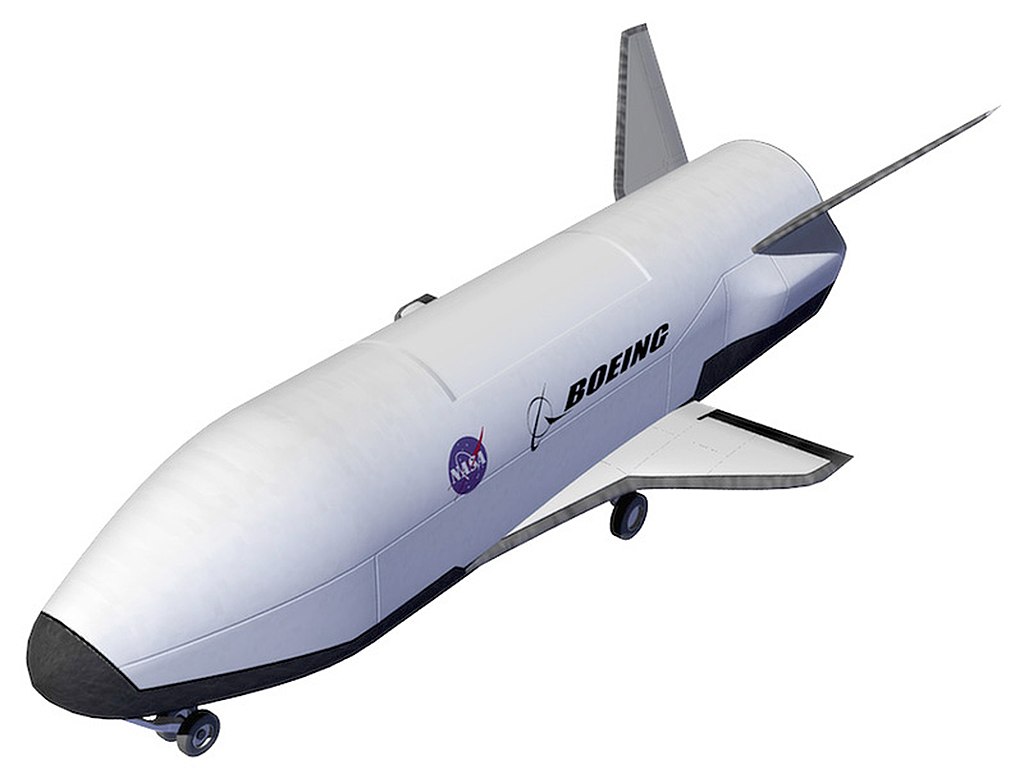
NASA, in partnership with Boeing, initially developed the X-37 as an orbital test vehicle in the late 1990s. It was meant to perform various space missions, including satellite repairs and orbital debris removal. However, NASA later handed over the project to the U.S. Air Force due to budgetary constraints. The military shifted the focus to secretive operations, leaving NASA without its planned reusable spacecraft. The X-37 continues to fly under military control but never achieved its original civilian goals.
HOTOL (Horizontal Take-Off and Landing)
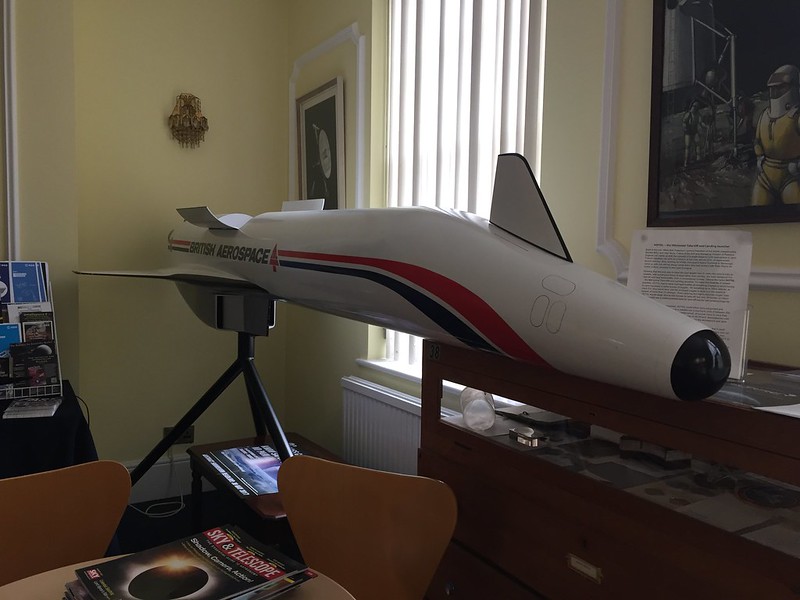
HOTOL was a British spaceplane project in the 1980s, which aimed to revolutionize spaceflight with horizontal take-off capabilities. The project faced significant technical challenges, especially regarding its air-breathing engines. Without sufficient government funding or support, development stalled. By the early 1990s, the project was canceled, leaving Britain without a spaceplane program. Despite this, HOTOL’s design has inspired other spaceplane concepts, such as the more recent Skylon project.
Kliper
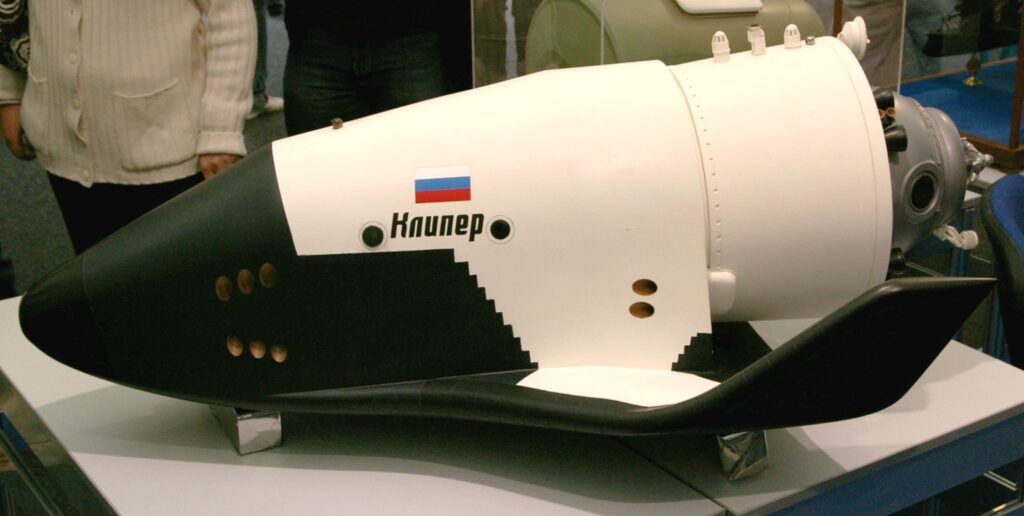
In the early 2000s, Russia introduced the Kliper spacecraft, a reusable vehicle designed to replace the Soyuz capsule. It aimed to be more versatile, allowing for missions to both the International Space Station and beyond. However, the project struggled to gain sufficient funding and support, particularly from international partners like ESA. By 2006, Kliper was shelved, and Russia refocused efforts on modernizing Soyuz instead. Its cancellation delayed Russian advancements in reusable spacecraft technology.
Sea Dragon
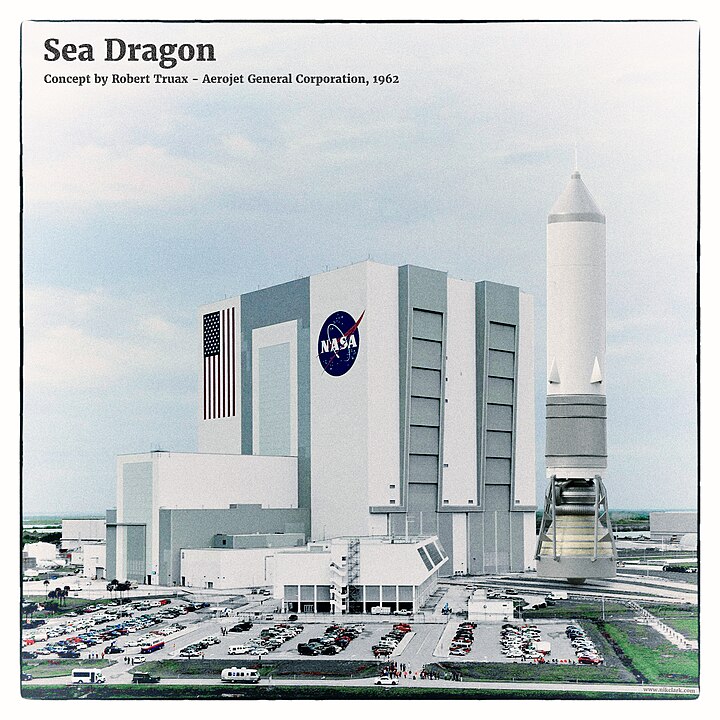
Sea Dragon, proposed in the 1960s by Robert Truax, was an enormous, low-cost rocket designed to be launched from the ocean. Despite its promise, the sheer scale of the rocket and technical challenges related to ocean launches proved too ambitious for the time. NASA’s interest in the project waned as more conventional rockets became available. Sea Dragon was ultimately shelved, but its concept has intrigued engineers and space enthusiasts for decades.
XCOR Lynx
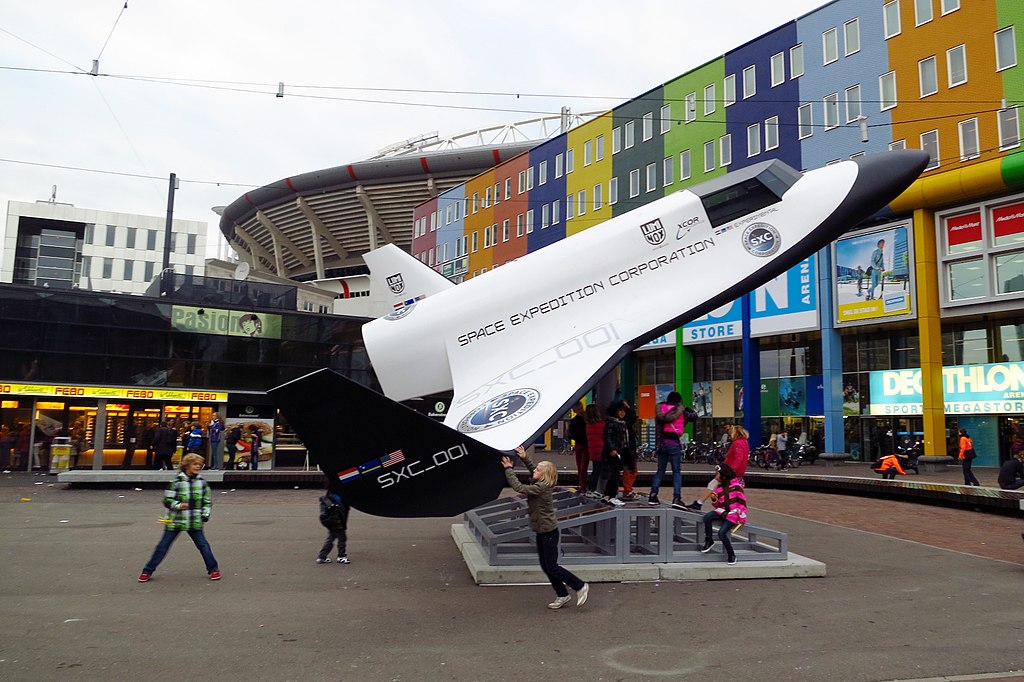
The XCOR Lynx was a suborbital spaceplane designed for commercial space tourism and research missions. Despite initial excitement, financial troubles plagued XCOR Aerospace, and the Lynx never progressed beyond the prototype stage. The company declared bankruptcy in 2017, halting all development. Though it never flew, the Lynx concept remains a reminder of the risks involved in the emerging commercial spaceflight industry.
DC-X

The DC-X, or Delta Clipper Experimental, was a reusable rocket prototype developed by McDonnell Douglas in the 1990s. It showed promise with several successful test flights, demonstrating vertical takeoff and landing. However, funding was cut in the mid-1990s, and a crash during a test flight sealed its fate. The DC-X’s vision of reusable spacecraft lived on in modern designs, such as SpaceX’s Falcon rockets, but it was a victim of its time.
This article originally appeared in MyCarMakesNoise.
More from MyCarMakesNoise
8 Rare Classic Buses That Are Worth a Fortune
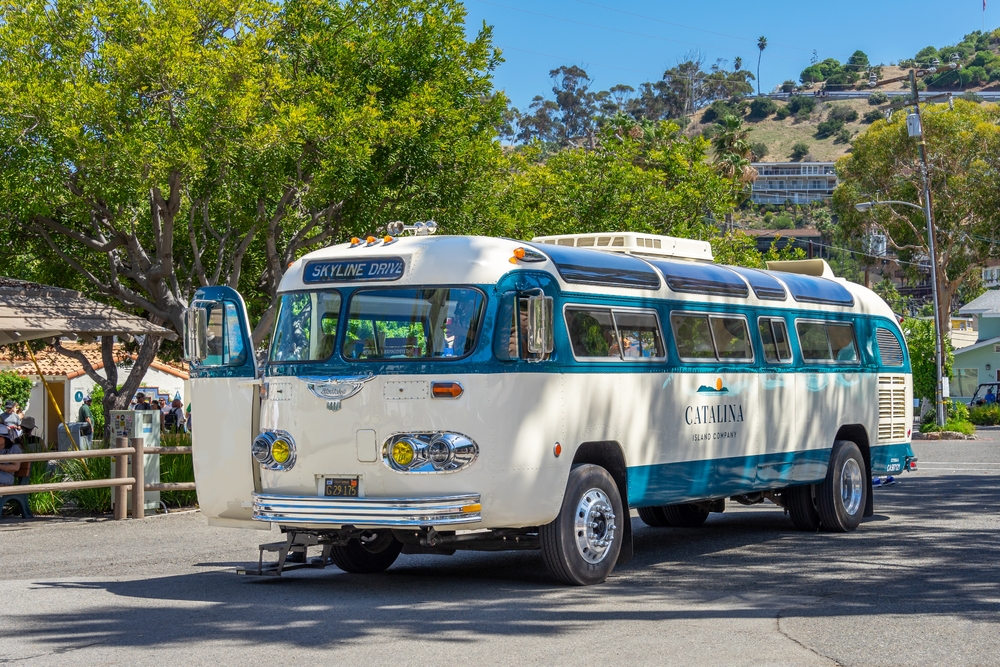
When it comes to classic vehicles, buses often fly under the radar, yet some of these rare models are worth a small fortune today. From vintage double-deckers to sleek mid-century coaches, these buses not only hold historical significance but also carry substantial value. Read More.
Top 5 Motorhomes for Luxurious Comfort on the Open Road
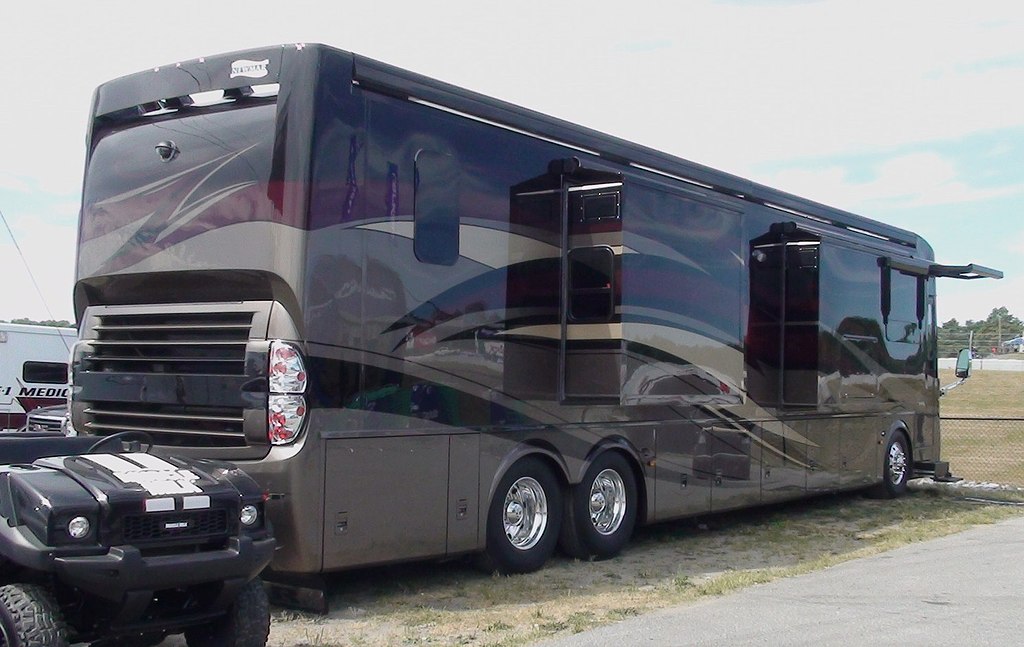
Venturing on a long road trip requires the perfect blend of comfort and functionality, and nothing delivers better than a top-tier motorhome. Whether you’re planning a cross-country adventure or a leisurely journey through scenic routes, having a motorhome that feels like a home on wheels can make all the difference. Read More.
25 Legendary American Luxury Cars That Stood the Test of Time
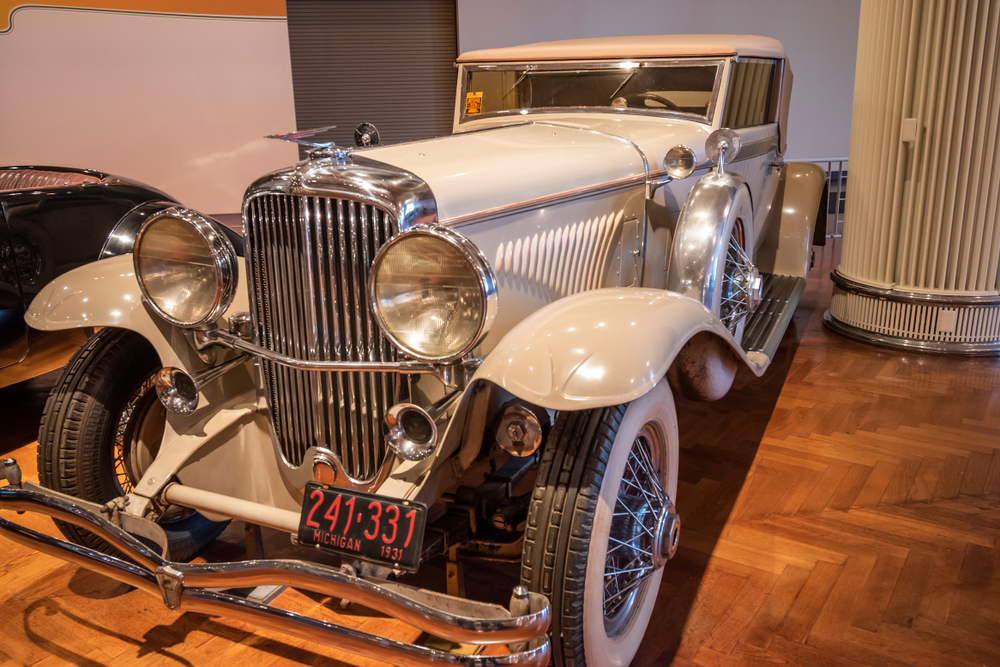
When it comes to luxury on the road, American car manufacturers have crafted some of the most iconic and opulent vehicles in automotive history. From classic designs to modern marvels, these cars combine performance, comfort, and style in a way that truly stands out. Read More.

